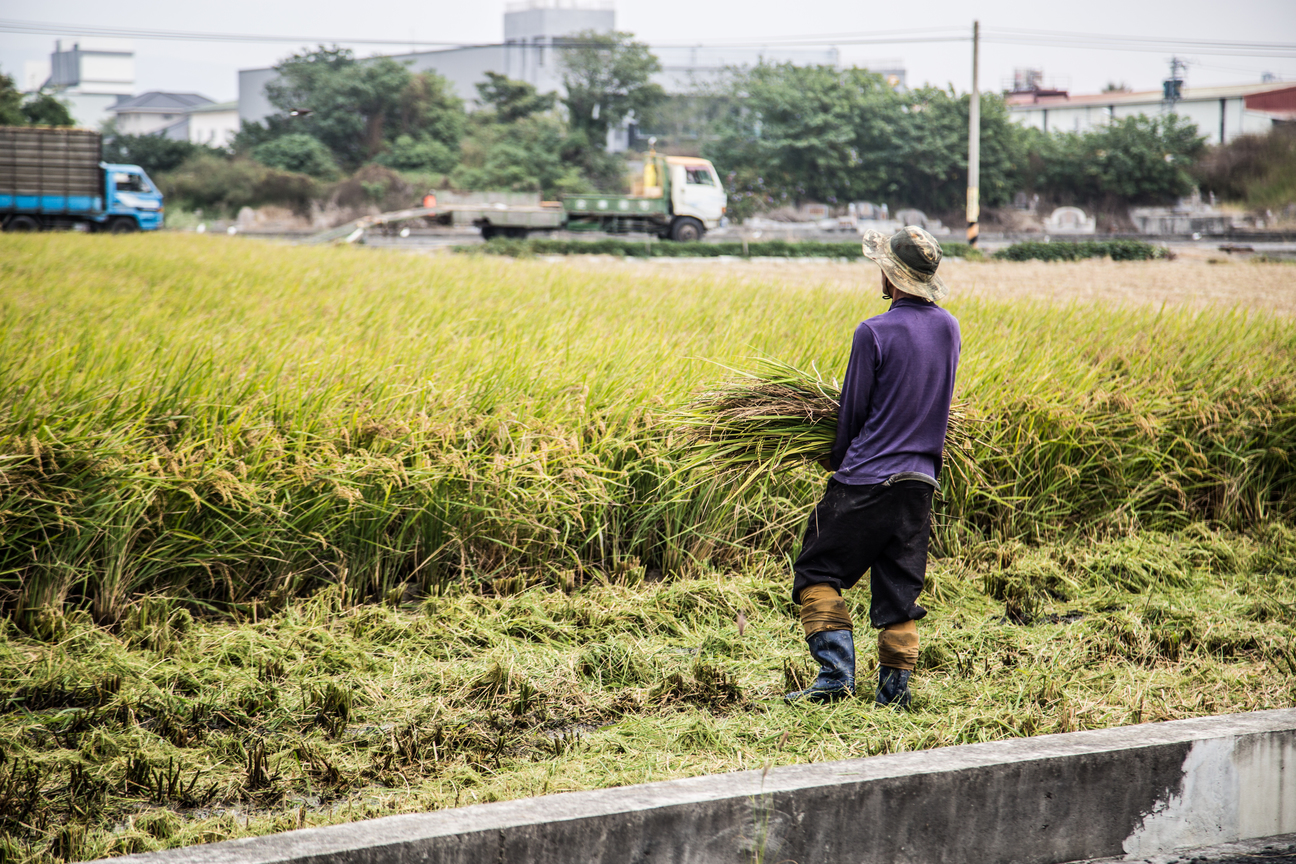
In a report titled “Global Report on Food Crisis” released in April 2020, the United Nations warned that “...the upheaval that has been set in motion by the COVID-19 pandemic may push even more families and communities into deeper distress.” It also stated that there will be “...an excruciating trade-off between saving lives or livelihoods or, in a worst-case scenario, to have individuals who have been saved from the corona virus die of hunger.”
The epidemic has caused great losses to the agricultural industry and severely affected farmers' livelihoods. In order to ensure food security, some countries have even banned food exports, cutting off many recipient countries’ sources of food and feed.
Many agricultural products could not be harvested due to a shortage of labor. Even in circumstances when they do manage to be picked and sent to markets, they don’t always sell due to overstocking. The increased restrictions at ports have also made it impossible to ship agricultural items. As a result, consumers’ fear of food shortage turned into panic-buying and food hoarding. Every link of the supply chain was rattled by the fear of food shortages. These anxieties have demonstrated that the global and linear food supply chain is very fragile and unable to handle a crisis.
Taiwan is extremely dependent on food imports. It produces only 40% of its food domestically, and 5% of its feed. Therefore, building a highly resilient, circular supply chain that can secure food sources and avoid shortage is a national security issue that Taiwan cannot avoid or delay. The creation of a "highly resilient and circular" new agriculture can be accomplished with three methods:
- Improve consumption and domestic production of food;
- Increase the domestic production of feed;
- Strengthen the planning and operation of "overseas agriculture".
To improve the consumption and domestic production rate of food, one can start by giving priority to eating local and eating produce that are seasonal and have a low-environmental footprint (low external cost). This practice is mutually beneficial as it is not only good for one's health, but it also directly supports local farms and farmers. One can also do their part and be a guardian to the planet.
Develop "zero waste" cooking and consumption habits by cherishing the food that farmers have worked so hard to grow. According to estimates, nearly half of the food from the farmland to the recycling bin is wasted. In addition, the resources invested in the food production and marketing process, such as fertilizer, water, electricity, gasoline, packaging materials and manpower...etc, are wasted as well.
2) Increase the domestic production rate of feed. This could be accomplished by recapturing farmlands to increase the cultivating area and productivity of domestic feed crops. Strengthening the resilience of domestic feed supply chains and expanding the planting area for feed is imperative to avoiding breaks in the supply chain.
Given that Taiwan’s farmland is limited, this is also an opportunity to take a more complete and accurate inventory of farmlands across Taiwan. Subsequent plans to restore and repair the existing farmland to improve its efficiency can also be developed. In the long run, damaged and uncultivated farmland must be restored and activated as well.
In addition, accelerated investment should be made in the "circular fertilizer and biogas energy resource industry." Taiwan’s "Circular Fertilizer and Biogas Energy Resource Industry" is expected to be a large emerging industry with more than 100 factories. This is important because domestic organic fertilizers and biogas energy are used in the production and marketing of domestic feeds. Instead of letting biological waste become a source of pollution across the country and criticized as a source of disease by citizens, let biological waste (such as kitchen waste, pig manure, agricultural waste, etc.) which accumulates to more than 10 million tons per year, become a recycled resource to increase domestic production.
3) Strengthen the arrangement of "overseas agriculture" and integrate it into the development blueprint of "new agriculture." Taiwan is a densely populated island with only 20% of arable land, thus relying on imported food is an unavoidable fate. Since more than half of its food is imported, the government should encourage private enterprises to invest more resources and energy to deploy and develop "overseas agriculture". This will enhance the resilience of Taiwan's agricultural products and help friendly countries create new growth in their agricultural industry, leading to mutual benefits and common prosperity. A "Taiwan Team" should also be created to integrate Taiwan’s advancement in farming, food processing, biotechnology, and information technology.
Recruit and invest in a new generation of young farmers and "green-collar" agricultural practitioners. In addition to securing stable prices and regular volumes of food and feed, it is also necessary to have a plan to cultivate the next generation of agricultural workers. They should be educated and provided with international experiences to help realize their full potential and master new agriculture methods
This article was also published in United Daily News.